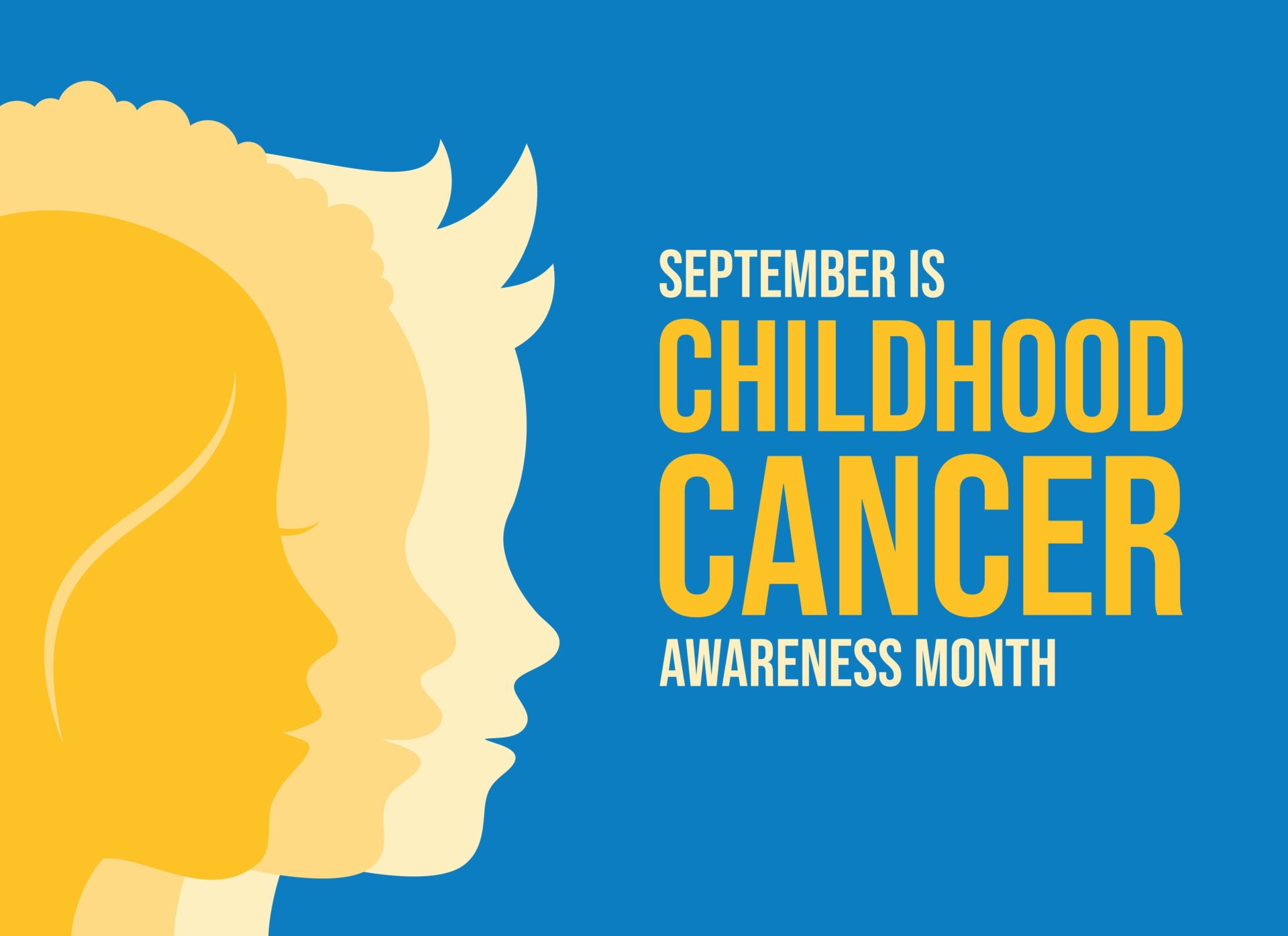News

Childhood Cancer Awareness Month
September is Childhood Cancer Awareness Month. The IRAC report that worldwide, 275,000 children and adolescents are diagnosed with cancer each year. In the UK 10 children are diagnosed each day. Childhood cancer types differ from adult forms – leukaemia, brain cancers, and lymphomas are the most common types.
During September charities across the UK share messages to raise awareness of childhood cancer, for example Children with Cancer UK are showcasing a documentary film, ‘Kids like us’ which hopes to change the way we view childhood cancer and the issues that surround it. CRUK are encouraging us to ‘Go gold’ this year by buying a gold ribbon to show support for children and their families.
Great Ormond Street hospital charity highlight that childhood cancer cases have risen by 13% since the early 2000’s and that cancer is the highest cause of death in children age 14 years or younger. Their campaign this year is to raise awareness of the need to treat children, not just their disease, and to raise funds for a new children’s cancer centre. Smaller, regional charities such as PASIC highlight the support they bring to the whole families of children who have cancer, offering financial as well as wellbeing support such as family days out.
What lies behind the trend of rising childhood cancer cases?
It’s a complicated answer. Many cancers in children are thought to be the result of gene mutations that can cause rapid growth cells which result in subsequent cancer cell growth. Some of these genetic mutations are thought to be present even before birth, as explained by Children with Cancer UK. In adults, genetic mutation is thought to be the result of environmental exposures to toxic, cancer causing substances, but the pathways in childhood cancer are far from clear.
Can the risk of childhood cancer be reduced?
Whilst knowledge builds about the possible causes of childhood cancer, experts advise that the best possible way to reduce the risk for everyone is by managing lifestyle factors such as healthy diet and weight, and regular exercise, although the impact in childhood cancers isn’t as clear as it is for adults. There are concerns about children’s exposure to harmful environmental substances, including endocrine disrupting chemicals. They could be a factor even before birth. For example, researchers have detected chemical substances such as glyphosate in urine samples collected from pregnant women. Glyphosate has been linked to some types of cancer in adults. It is the world’s most widely used chemical substance in agriculture to control weeds and is common is domestic weed control sprays.
Creating an environment that reduces childhood exposures to harmful chemicals is also possible. We don’t know much yet about how children’s bodies respond to environmental pollutants, but read our guidance on how to reduce children’s exposure at home if you are concerned.
More information
CRUK – What is childhood cancer?






